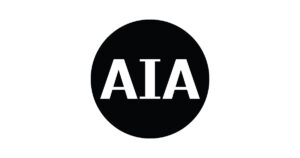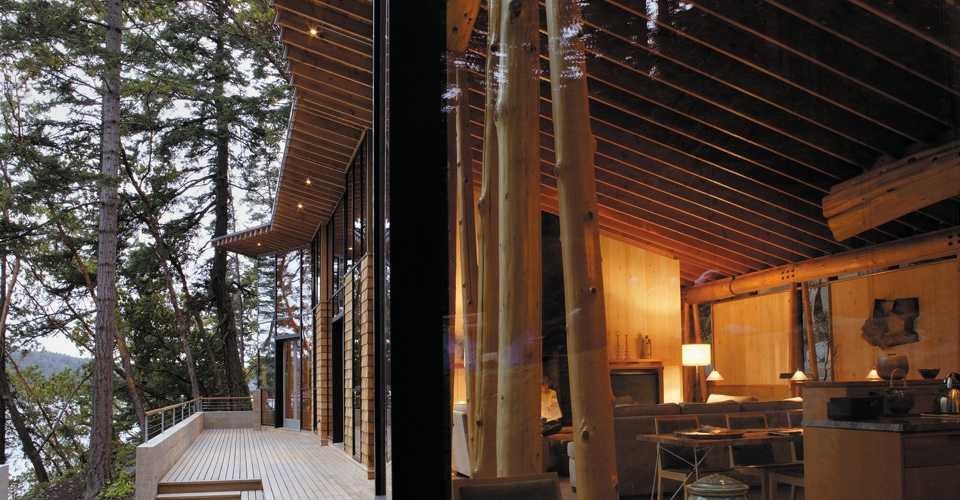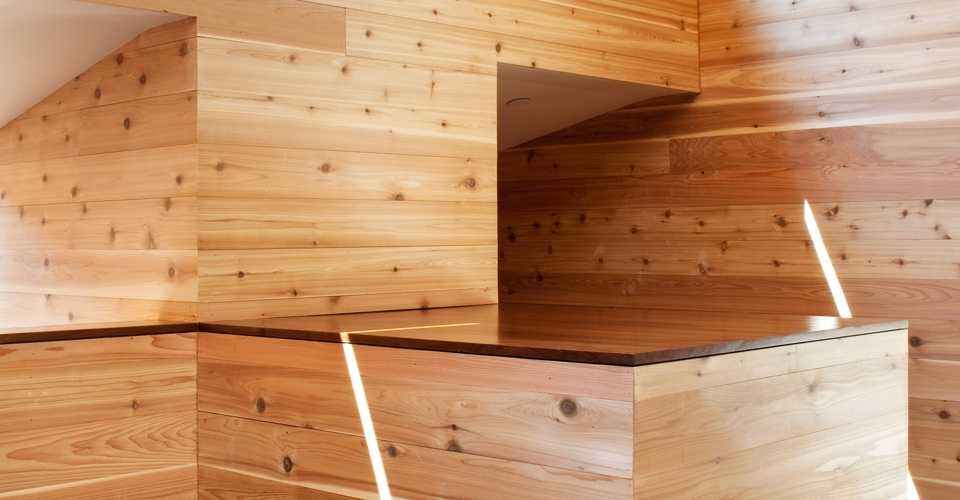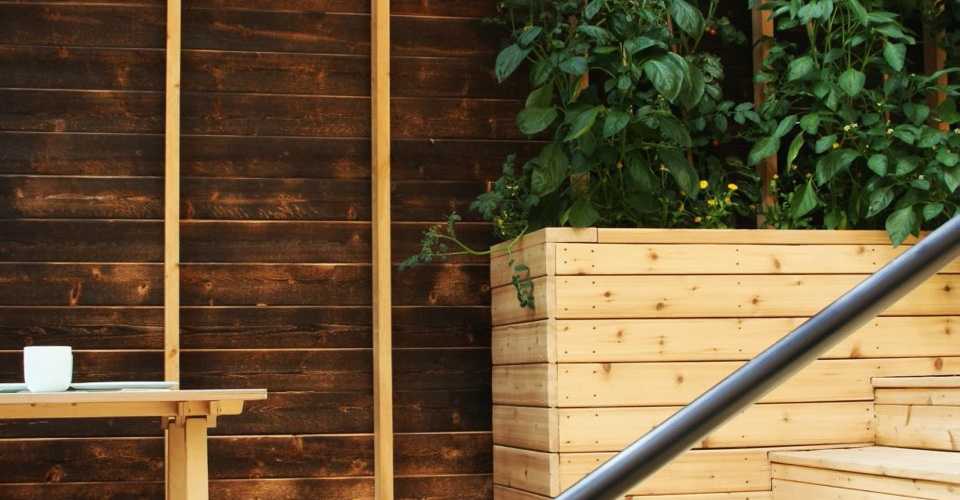Back
Back
Back
Back
Back
Back
Back
Back
Back
Back
USA & Canada
AIA Continuing Education Training
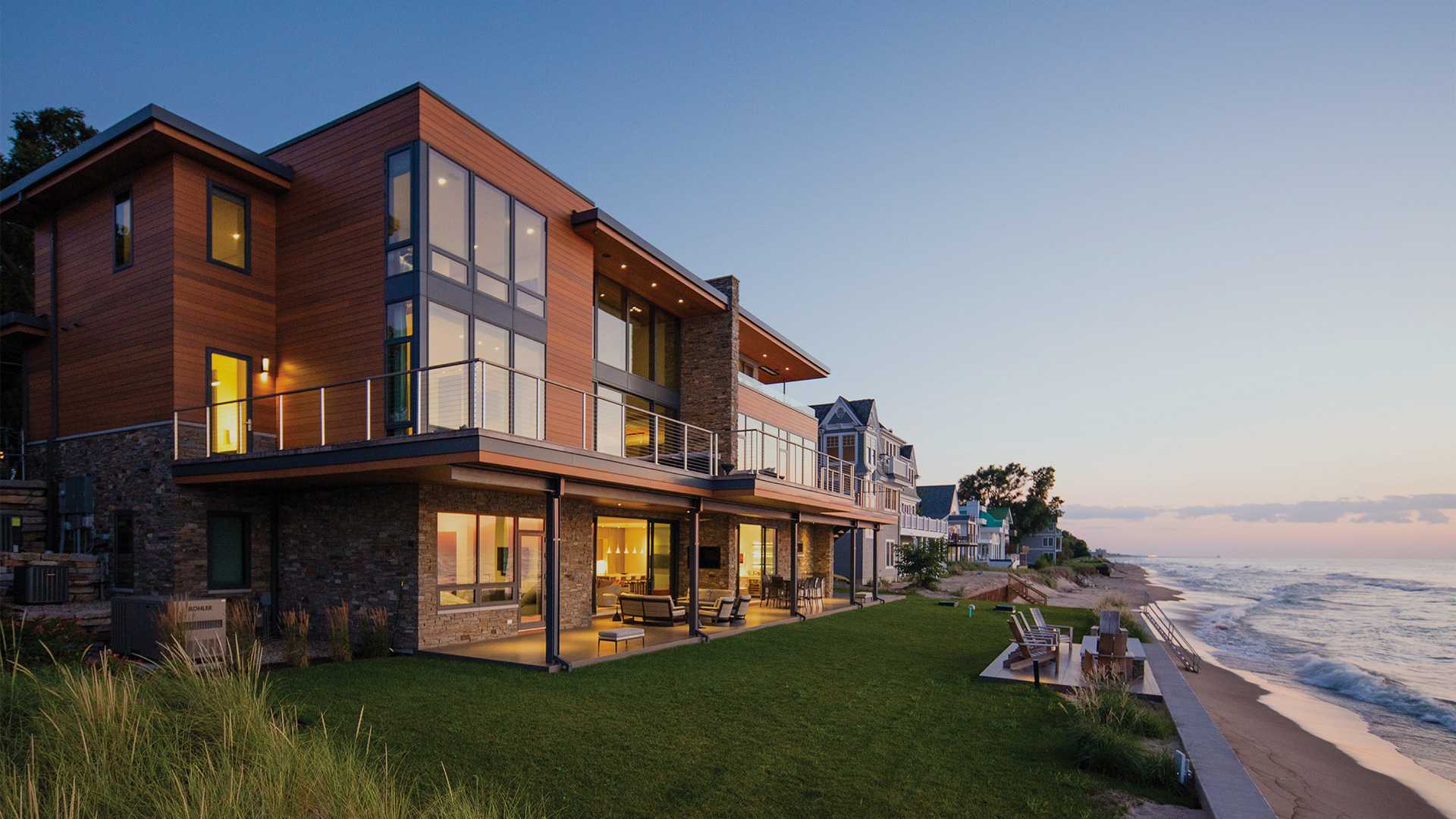
AIA Continuing Education Training
Design and construction professionals earn AIA Continuing Education learning units by reading designated articles and sponsored sections in Architectural Record website, and answering test questions at the end of each course.
Please click on one of the links below to access the various CEU courses:
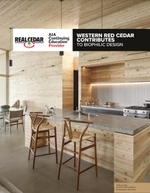
Western Red Cedar Contributes to Biophilic Design
Biophilic design is an established and vital aspect of architecture today, but it is still a growing field with new research emerging about the importance of reconnecting humans to nature and how this can be
accomplished via the built environment.
This course will explore the principles of biophilic design, and
more specifically how wood materials elicit biophilic responses in building occupants. We will drill down even further into how designers have used a specific species of wood, western red cedar, to accomplish
their biophilic design intent.

Proper Finishing of Cedar for Exteriors and Interiors
Western Red Cedar has been a preferred and appealing choice for many buildings over the past 150 years for a lot of good reasons related to design, construction and maintenance. Routinely used in buildings across the country and around the world because of its warm, natural, aesthetic appeal and well-known durability and stability.
This course will identify the general characteristics of sustainable Western Red Cedar wood products and the options for finishing, investigate the different finishing options for Western Red Cedar when used on building exteriors in both exposed and protected conditions for safety, sustainability, and durability, assess the types of finishes on Western Red Cedar when used to create interior spaces that support biophilia and other aspects of wellness for building users and explore case studies that demonstrate the ways that Western Red Cedar can be used for new and renovation projects to create appealing, durable, and sustainable buildings.
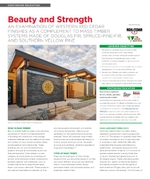
Beauty and Strength - An examination of Western Red Cedar finishes as a complement to mass timber systems made of Douglas Fir, Spruce-Pine-Fir, and Southern Yellow Pine. NE
Wood’s role in reversing climate change is well known, and the growth in mass timber projects is an excellent opportunity to incorporate Western Red Cedar as a finishing material to maximize carbon sequestration, decrease the use of environmentally damaging materials and increase efforts to reduce global warming.
This course will discuss the different types of mass timber products, applications for mass timber construction, and the softwood lumber species that are used to manufacture mass timber products, including Douglas fir, spruce-pine-fir, and Southern pine. We will examine the benefits of mass timber, from carbon sequestration to construction efficiencies, review how Western Red Cedar products can
be used on both exteriors and interiors to complement mass timber construction and explore several projects where Western Red Cedar was used to complement mass timber structures.
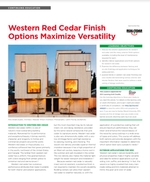
Western Red Cedar Finish Options Maximize Versatility
Western red cedar is a wood prized for its beautiful color and grain, natural insect and moisture resistance, and durability. It is an extremely versatile building product that can be used both indoors and out and can be finished in myriad ways to complement a building’s aesthetic.
This course will discuss best practices for finishing, care, and maintenance of western red cedar that will ensure a long-lasting finish in both exterior and interior applications.
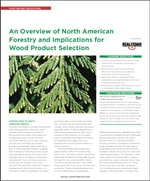
An Overview of North American Forestry and Implications for Wood Product Selection
Architects and others who specify wood products have the responsibility to specify wood from sustainably managed forests. By selecting sustainably harvested wood products, architects can help to reduce greenhouse gas emissions and support a low-carbon future.
This course will examine commonly held beliefs about forestry; review the environmental, economic, and social importance of specifying responsibly sourced wood products; and discuss North American softwood species that are increasingly being used as an alternative to more energy-intensive building materials.
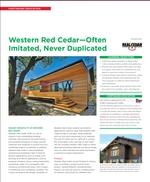
Western Red Cedar – Often Imitated, Never Duplicated
This course will explore the design versatility of Western Red Cedar, exterior and interior applications, and the value that Western Red Cedar brings to a project. We will also compare Western Red Cedar to alternative building materials and demonstrate how it is often imitated but never duplicated in numerous project applications.
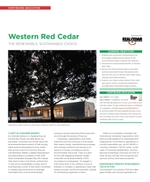
The Renewable, Sustainable Choice
This course will examine the Western Red Cedar lumber industry, including the environmental benefits of Western Red Cedar versus alternative building products, Environmental Product Declarations available for the material, and case studies where it was used in various commercial applications.

A Return To Natural: Designing With Western Red Cedar
This course will discuss how designers are incorporating more natural wood products into their designs and how Western Red Cedar contributes to this return to nature, the biophilia effect, sustainability, and health and wellness.
It will also examine exterior and interior uses for the product and new Western Red Cedar products have recently entered the market that will transform how the material is used in both residential and commercial buildings.
Shakertown Training
Fire Resistive Construction using Western Red Cedar Shingles
Summary:
Fire Resistive Construction Using Western Red Cedar Shingles
Earn 1.0 HSW Learning Unit
WRCLA Member Shakertown offers a one-hour course covering various test standards, application methods, and spec writing for beautiful Western Red Cedar shingles and shakes.
Curriculum Detail:
Course: Fire Resistive Construction Using Western Red Cedar Shingles
Provider: Shakertown (www.shakertown.com)
Program Number: Shak01
Length: 1 hour
Credit: 1LU
HSW Credit: Yes
Learing Objectives:
- Gain an understanding of Cedar’s versatility and architectural significance through the course history and product review.
- Identify four fire-resistive test standards applied to cedar roofing and siding product for current code requirements.
- Design roofing and siding systems of Western Red Cedar Shingles and Shakes that conform to code requirements for fire resistance.
- Write specifications for fire resistance assemblies to assure accurate product detail and subsequent code compliance.
For more information contact Mark Rutledge:
Archive Courses
Below are previous CEU course links provided by the Western Red Cedar Lumber Association:
Best Practices, Installation, and Finishing Options for Western Red Cedar
Using Western Red Cedar in Commercial and Multifamily Buildings
Environmental Product Declarations
Natural Winner: Western Red Cedar and Nonresidential Building
Growing Bolder: Specifying Western Red Cedar for Architectural Applications
© 2025 All rights reserved
Gatsby Website Development by Jambaree
